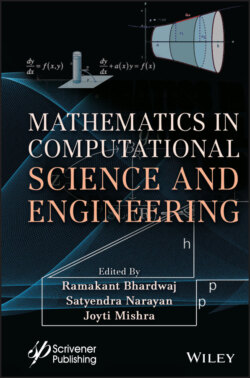Читать книгу Mathematics in Computational Science and Engineering - Группа авторов - Страница 33
1.3.1 Brownian Motion
ОглавлениеThis segment provides information for the simple solution of a Brownian movement B, along with some common variations in terminology which we use for some purposes [14]. The essential definition of B, as a random continuous function with a particular family of finite-dimensional distributions, is motivated in the appearance of this technique as a limit in distribution of rescaled random walk paths. Let (Ω, F, P) be a probability range [13].
A stochastic technique (B (T, ω), T ≥0, ω ∈Ω) is a
Brownian movement If,
1 (i) For stable each T, the random variable BT = B(T) has Gaussian distribution.
2 (ii) The procedure B has stationary independent increments.
3 (iii) For each fixed ω∈Ω, the path T→ B (T, ω) is continuous.
The which means of second point is that if, 0 ≤ T1 ≤ T2 ≤ T3 ≤……≤ Tn then
(1.24)
are independent, and the distribution of Bti — Bti–1 depends only on Ti − Ti−1. According to (i), this distribution is normal with mean 0 and variance Ti − Ti−1. The real B is continuous to demonstrate that B has continuous paths as in (iii). Due to the convolution properties of ordinary distributions, the joint distribution of xT1 舰舰舰xTn are predictable for any T1 ≤……≤ Tn.
